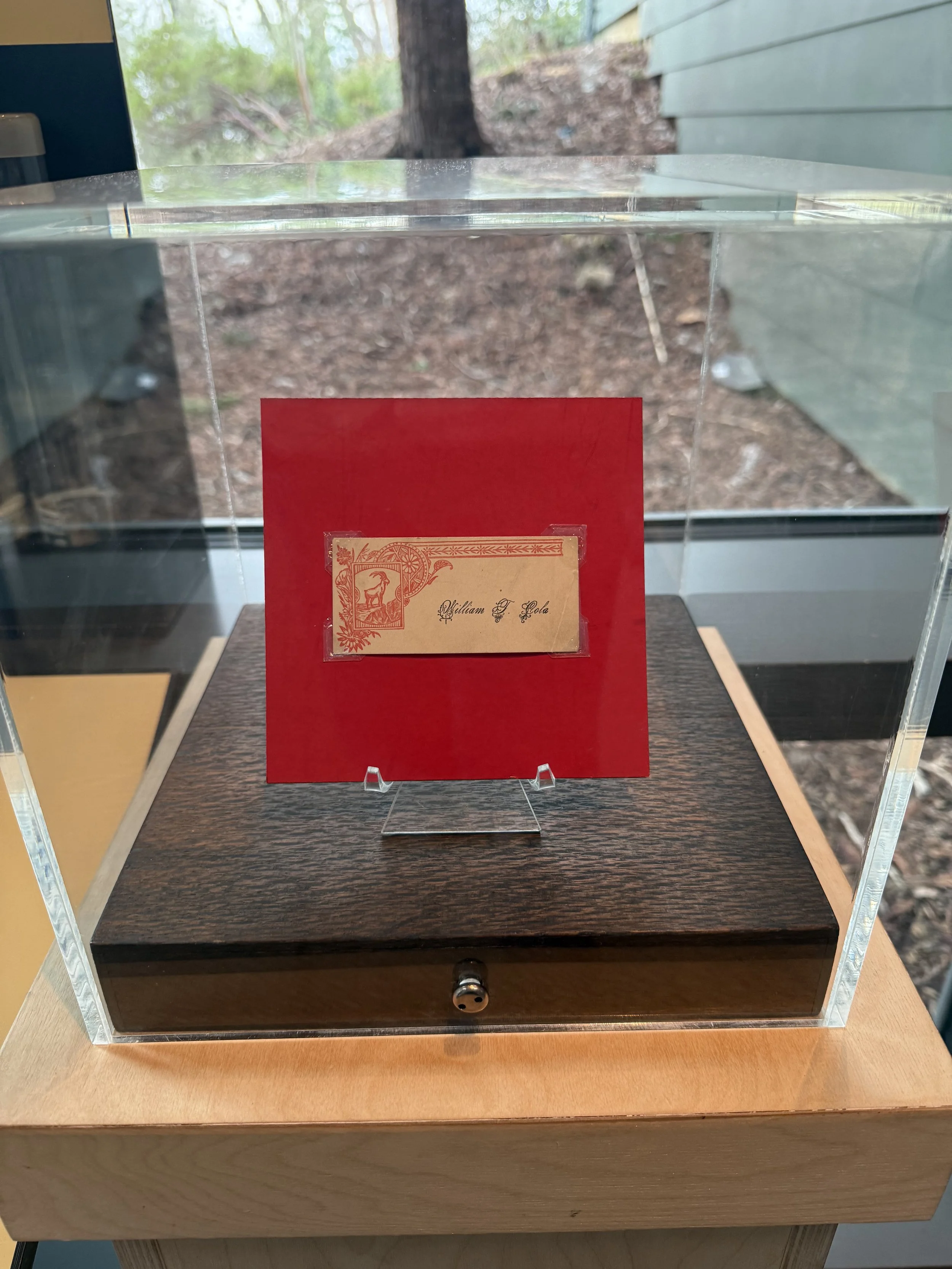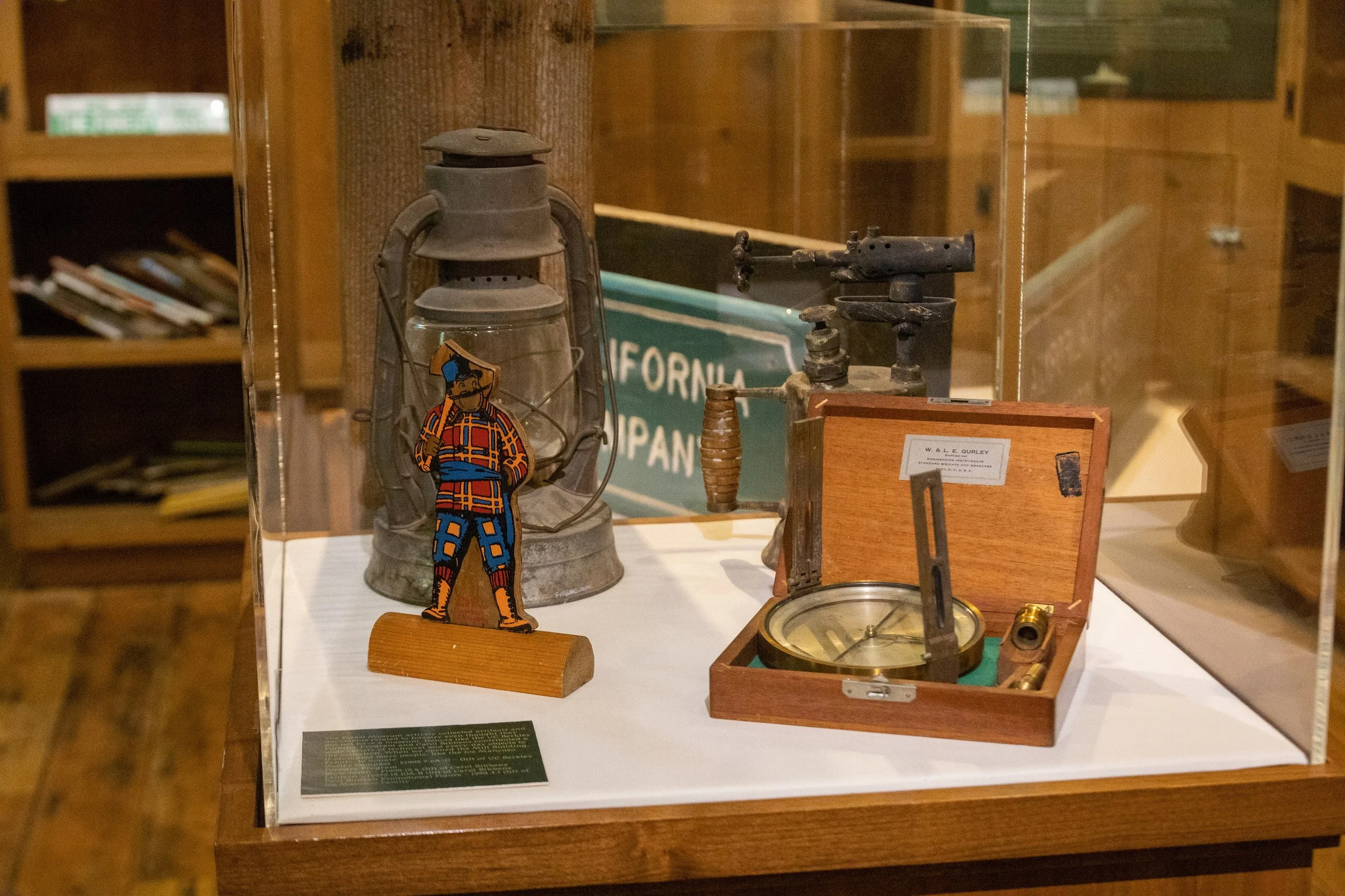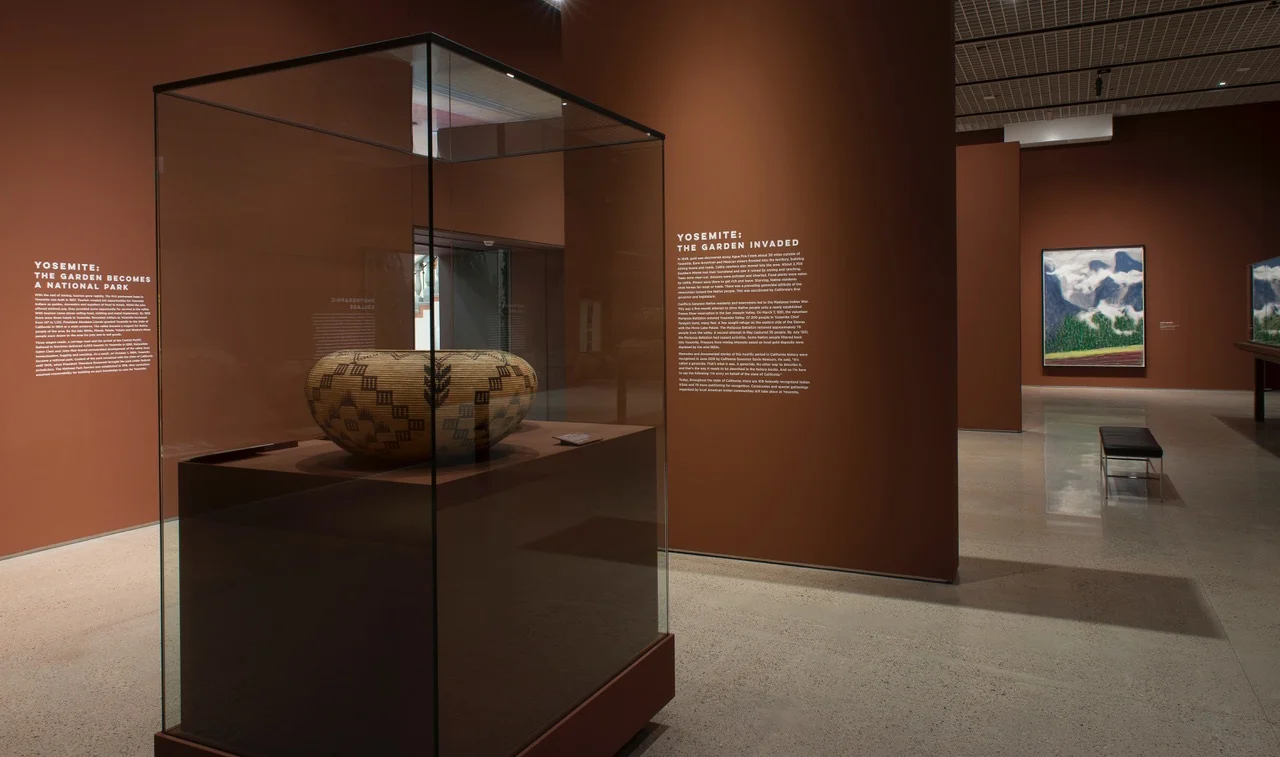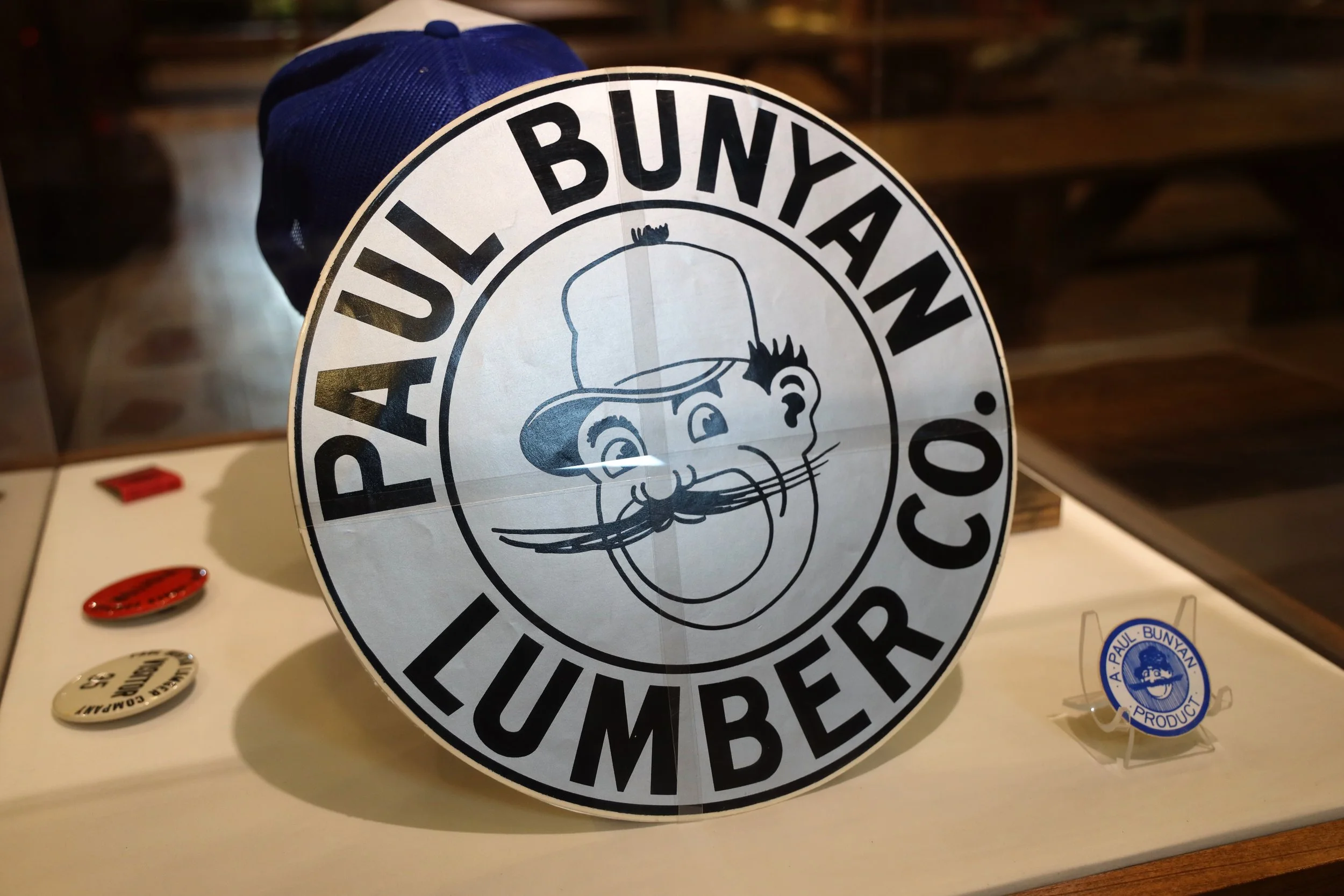Did you know that California used to require individuals make their own license plates?
Artifact of the Month - Calling Card
25 Years of Forest Fun: New Exhibit in Mill Building
Twenty-five years ago, on April 12, 1997, Paul Bunyan’s Forest Camp opened to the public. Five thousand people poured in to enjoy the new museum and playground. This major milestone was both the first phase of the newly merged Turtle Bay and the culmination of 15 years of planning, fund-raising, and hard work on the part of the Forest Museum.
Artifact of the Month: 50 Sen Banknote
Sometimes, the internet is a curator’s friend. For 42 years, this Artifact of the Month has been misidentified in our records. The donor thought that her late husband had passed on to her a 50-yen banknote that he’d acquired when he was stationed in Japan during World War II. She noted in her correspondence, that it had been worth “about 20 American dollars when he got it.” When the Redding Museum of Art and History received the donation in 1978, they did not have immediate access to the resources required to verify or refute this identification, so it went into the records as “yen.”
Artifact of the Month: Timbisha Shoshone (Panamint) Basket
Federally recognized as the Timbisha Shoshone Band of California, and sometimes referred to as “Panamint”, the Nümü Tümpisatti’s traditional homelands located in the Death Valley, Saline Valley, and the Panamint Range are some of the most challenging environments on earth. The harsh desert landscape has shaped traditional material culture, such as this coiled basket.
Holiday Village Exhibition
Our Collection Travels!
Turtle Bay Exploration Park holds a collection of over 35,000 objects, but our art and artifacts are not kept exclusively for our museum. Just as we often borrow objects for our own exhibitions, we are a resource for other researchers and other institutions. These objects act as ambassadors for Turtle Bay and our mission.
Artifact of the Month: Big-4 Wagon
Most of us had access to some sort of wagon when we were kids. Commercially made children’s wagons have been around since the 1880s and the iconic red metal Radio Flyer brand debuted in the early 1930s. Even today, with the prevalence of digital gadgets, wagons come in a wide range of materials and still sell well.












